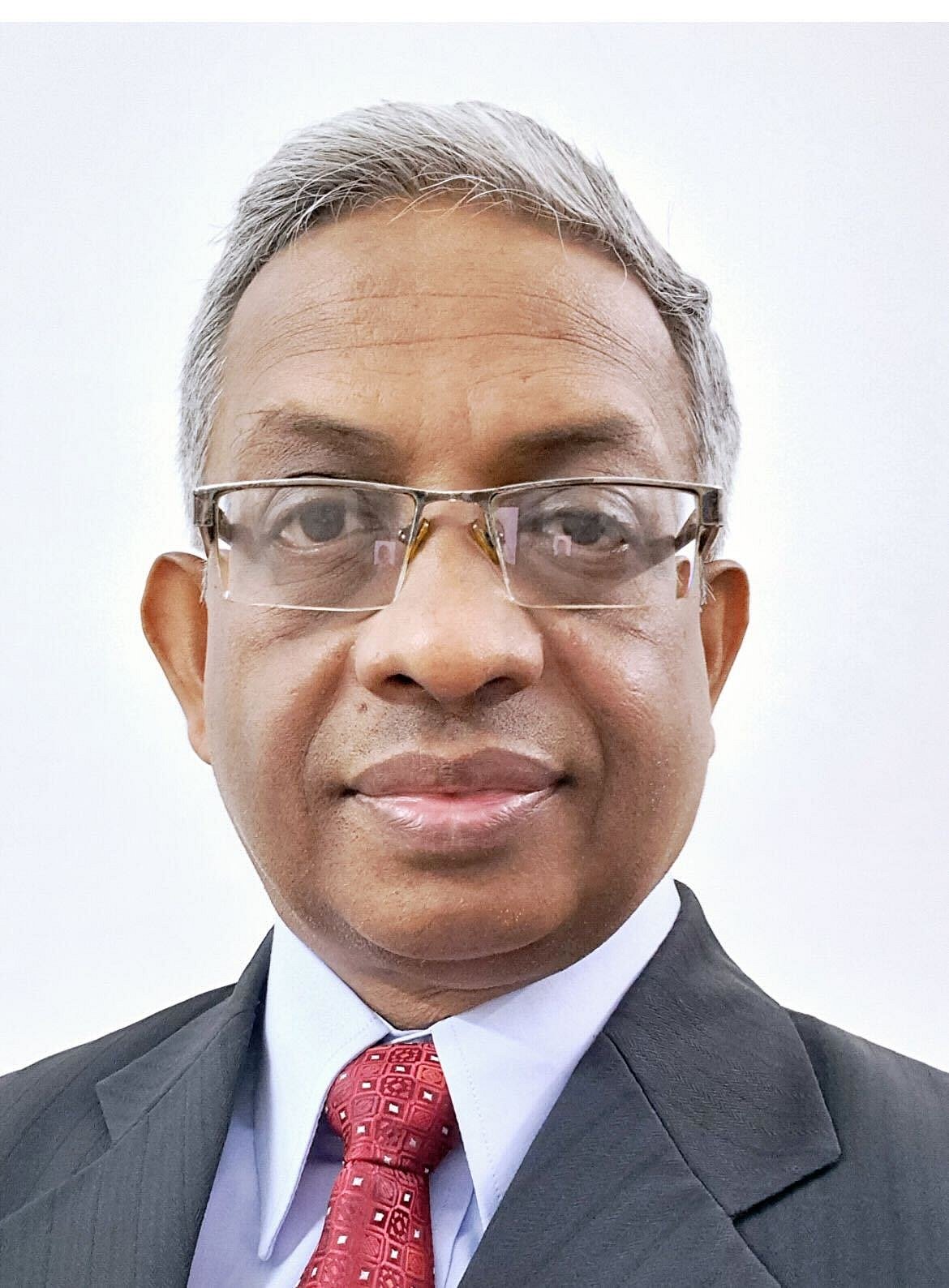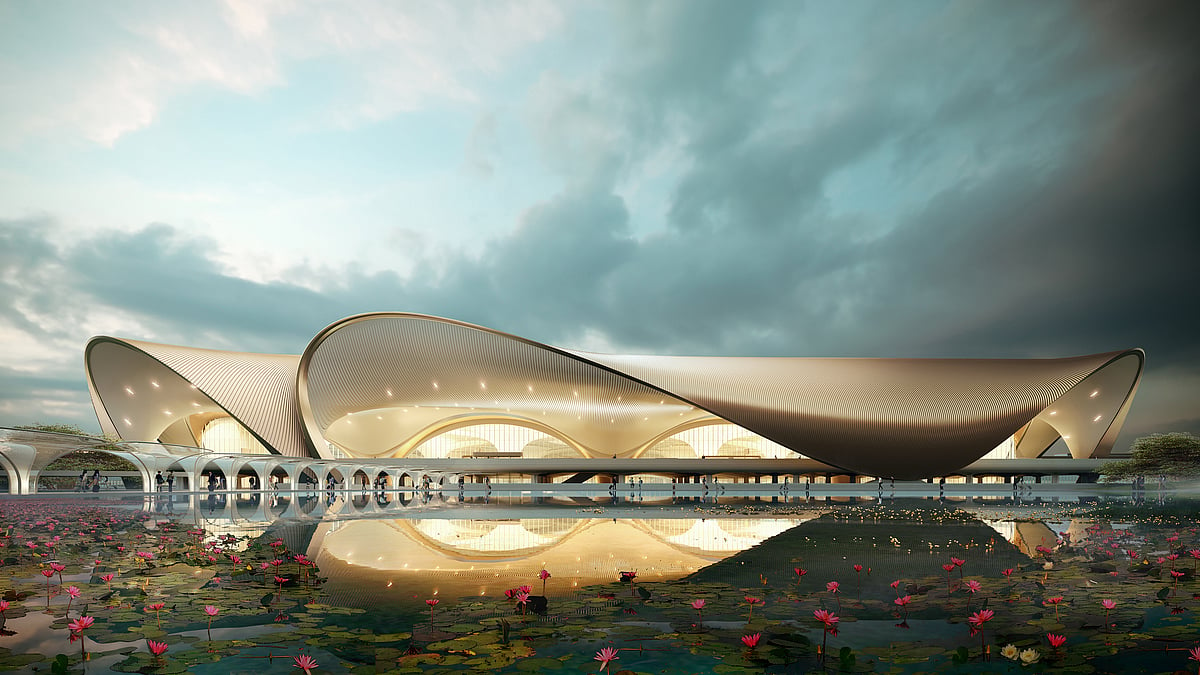For decades Dharavi has been shorthand for two contradictory things: the hardship of congested informal settlements, and an extraordinary homegrown economy where tiny workshops and roadside vendors kept whole supply chains moving.
Now, after years of planning and false starts, the city is preparing to reimagine Dharavi not as a single tower solution but as a township. The promise is larger homes, protected livelihoods, and neighbourhood infrastructure. The scale is vast.
Focus On Dignified Housing
At the heart of the promise is housing that tries to respect dignity. Under the redevelopment framework the rehabilitation unit for long-term residents will have a minimum carpet area of 350 sq. ft.
In practical terms, that could mean private space for a growing family, a small corner for work, and more storage. These are tangible uplifts that matter in cramped lanes where several families often share a single room.
A Holistic Township Approach
The plan is deliberately holistic. Authorities and planners are speaking of a “township” rather than a stack of towers. Schools, primary healthcare, parks and play spaces, community halls and social infrastructure are included in the master plan. The objective is to ensure daily needs are within a short walk of people’s homes.
Multi-modal transit hub being planned is also central to the layout, intended to knit Dharavi into the city’s metro and suburban rail network and rather make Dharavi central to the city’s mobility. The idea is to preserve the area’s walk-to-work economy while easing external connectivity and enhancing value of the address.
Reducing Short-Term Shocks And Supporting Transition
A few policy moves are designed to reduce short-term shocks. Official project documents and media reports say the developer will provide free upkeep and maintenance for the societies and infrastructure for the first ten years, giving rehabilitated communities a transition period without the burden of monthly upkeep fees.
The redevelopment also earmarks a share of built area, roughly 10% of the rehabilitation component, for commercial use. This is intended to help leasehold and small enterprises to continue to operate within the new buildings.
Comprehensive Survey And Enumeration Exercise
All of this rests on a survey and enumeration exercise that local authorities and the project team have flagged as unusually comprehensive. Officials say tens of thousands of residential and commercial structures have been mapped as part of the exercise, with public updates noting milestones of 65,000 and later larger counts exceeding 105,000 as the numbering and door-to-door work progressed. The stated aim is to create an accurate base for determining eligibility and ensuring that no one who is entitled is left out.
Residents’ Voices: Hope And Anxiety
But the human story is where the promise will be tested. In reporting across recent years, many residents have voiced a mix of cautious hope and anxiety. “After redevelopment, they may only get one flat, which may not be sufficient for us,” one resident said. Others have expressed immense relief at the prospect of proper toilets, safer lanes and a stable home address.
Challenges Of Livelihood Continuity
That duality points to the core challenge. A plan can promise larger homes and commercial pockets, but if the new layout separates living from doing, or if the allocation and sequencing of rehabs disrupt working lives, livelihoods could be permanently weakened.
The 10% commercial allocation is a constructive design choice, but its usefulness will depend on the size, location, and affordability of those commercial units, and on whether the micro-enterprises of Dharavi can secure legal and operational continuity.
Balancing Optimism With Accountability
There are strong reasons to be cautiously optimistic. The master plan has been approved in the frameworks shared publicly. Planners say the scheme consciously seeks to preserve Dharavi’s live-work ecosystem rather than erase it.
But promises must be backed by transparent implementation. Clear timelines, grievance and appeals mechanisms, a published methodology of the survey, and safeguards for those who may be temporarily displaced during construction will all be critical.
Also Watch:


Dr Ajith Chandran | File Photo
Redefining Success Beyond Infrastructure
If the aim is dignity, the project’s measure cannot be only square footage or revenue unlocked. Success will be judged by whether the children of Dharavi can play in safe open spaces, whether existing businesses can restart in the same neighbourhood, and whether residents feel they have been partners in, not just subjects of, transformation.
(The author is an environment and development innovation expert and community engagement specialist)






